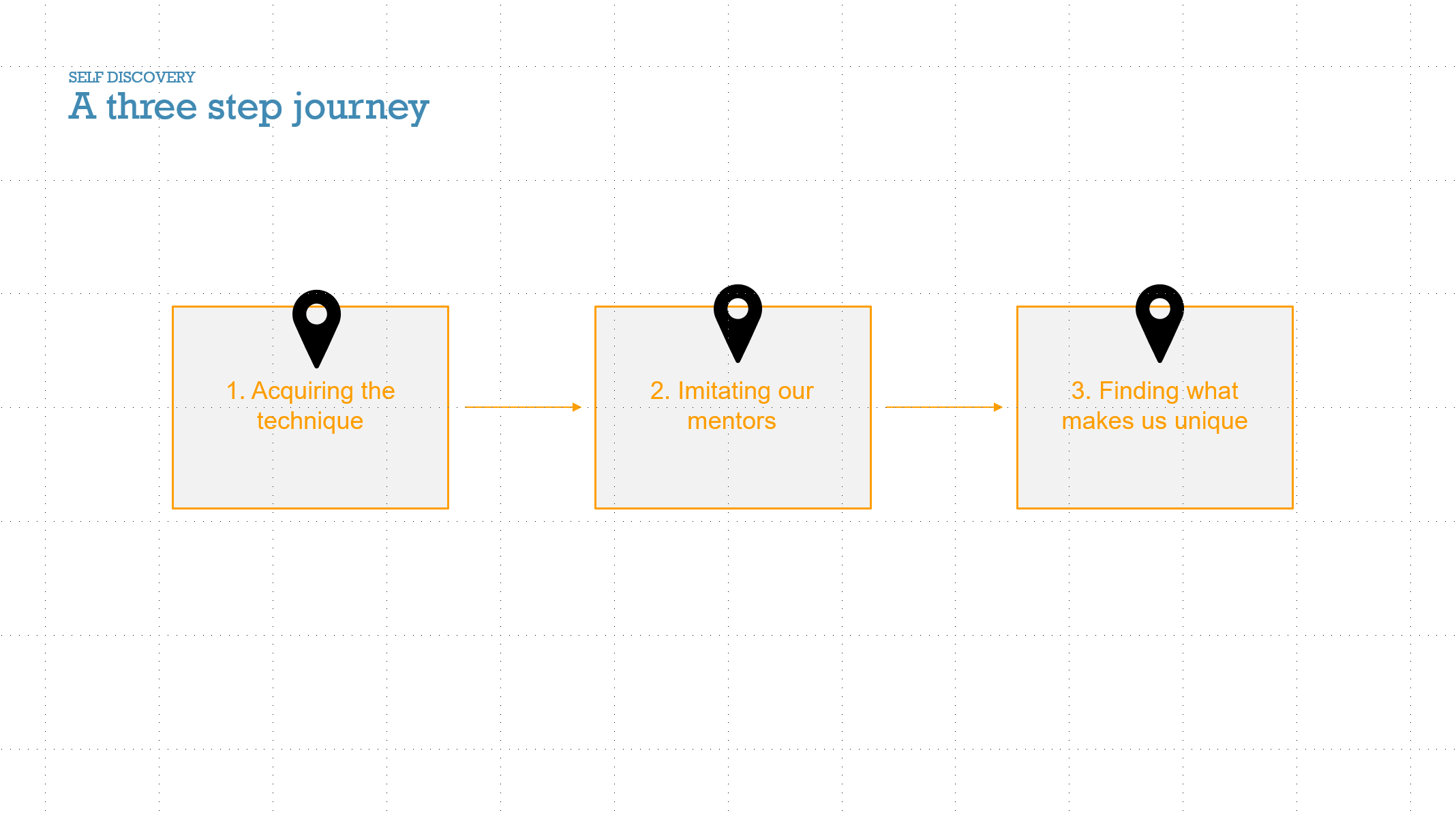I was recently pulled into a discussion on Facebook Messenger about what is and what is not street photography, initiated by the Street Photography Club. And I was confronted with many pictures that felt, well, not to belong to the street photography genre.
So why does it matter, will you ask? Isn’t art in the eyes of the beholder at the end of the day? Should we feel free to express our creativity and name it however we want?
Possibly, yes. Our world is changing, evolving at every turn. It’s easy to end up saying: street photography is whatever you want it to be. In fact, anything less is probably rude and narrow minded. This is a far cry from the state of affairs when I first joined street photography groups in 2013 / 2014. In that time, street photography was defined very narrowly, led by a small group of male street photographers who wanted to set incredibly narrow guidelines - either you shot like the masters, or you could forget about it.
So the world is changing - street photography has reached the masses, and everyone, anyone, can define street photography the way they want nowadays.
But here is the thing. For any group to identify themselves as street photographers, there must be a common definition and a common aspiration to bring us together. This common frame and understanding must be loose enough to incorporate a multitude of visions and allow us to innovate within the genre. But it must be there - as without a frame, we are a group with very little to share.
Which brings us to wonder: what is street photography? And what is not street photography?
To me, street photography is all about capturing the decisive moment - it is candid in essence, is shot in a public environment, and has people as its main subject. But really, it sounds like a set of rules with no proper reasons for it, so I will try harder.
First of all, Street photography differs from documentary photography in its intent - the goal of documentary photography is to document the social and human condition. It focuses on real people, with real stories. It can be candid, but it doesn’t have to. On the other hand, street photography must be candid. It can be about documenting life around us, but must be understood on its own, without subtext. Its purpose can also be to create artistic pictures removed from the necessity to document the real - and being, instead, a vehicle to share a visual or emotional story that each viewer can interpret differently.
For example - the image above was captured during a dance class in Shoreditch. It could be part of a broader documentary project, about Shoredict life or about a children dance class. Yet as a single image, it speaks by itself - it needs no title, no caption, no location. In the absence of a bigger project, this image is to me street photography. I don’t care who this little girl really was, and whether she was, in fact, in a dance class or not. I leave that open to your imagination…while the window acts as a frame to remind you that I have captured a secret moment, from a totally outsider point of view, creating distance with my subject.
Secondly, street photography belongs to the public sphere, crafted by random encounters of people you will never meet. Street photography is all about serendipity. And in this sense, it cannot really happen within the private space, where images often become personal, intimate - images of people with real stories attached to the place, and of people you have a connection with. Because street photography aspires to give the illusion of random encounters, the context in your image will be important. An urban or outside context will differentiate your shot from a personal portrait or a documentary / reportage series. It will create that necessary distance between you and your subject to create that illusion of serendipity, of randomness of elements, of “decisive moment” ultimately.
The image above with two little girls could be ambiguous. I am close enough to them to suggest that I may know them, and that this is a personal story of two real-life children. But the context in the picture - the shadows, the door on the right - is enough to cast some doubt - could it be a random encounter? Can they just happen to turn around, at the moment the picture was taken? Who are they really? And does the photographer know them, or do they just ‘happen’ to be there on a sunny day?
And finally, to make it possible, it needs to be candid. But the definition of candid doesn’t mean that the photographer must always remain invisible. Many shots show subjects at the moment of awareness, looking straight into the camera, and reacting on the spot. These types of images can be very powerful in establishing a connection between elements and the viewer, yet they shouldn’t appear to be posed or staged - they must still capture a candid moment in time, with a stranger whom you will never meet.
In this final image, one of so many I take, you can definitely see a connection established through the eye of the subject. My subject has seen me - she’s on the line of awareness, not staging or posing, but becoming aware of the camera facing her. Yet the shot is dynamic - there is no stopping for her, she keeps moving. And she doesn’t smile at me - she doesn’t acknowledge the picture and the scene. She belongs to a moment in time, on the edge of awareness, on the edge of posing, and yet forever caught in candidness.
Now, that is my definition of street photography. What is yours?




































